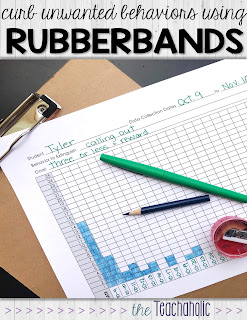I never bought into the whole Clip Chart thing. As a parent, if I saw my child was on GREEN (or whatever the acceptable color is nowadays), I would still wonder if my kid made mistakes that needed a parent's guidance, or even worse, was a complete A$$ at school. I get that kids need a chance to redeem themselves, but kids are so smart that they will goof off all day and pull it together in the last hour. I've seen it happen. So with three words, I manage the expectations and behaviors in my class:
"Here's your ticket."
This is such an easy system to prep and implement.
After you've laid out the expectations and have a solid strategy for gaining control of your class and poor behavior (see previous post about CHAMPS and 1,2,3 Magic), you can start holding your students accountable for their own choices.
There are three types of consequence tickets, three types of reward tickets, and a weekly report for parents (or daily if you have an RTI student or young ones). Also included are editable posters and tracking sheets. PLUS, a 5 page document that walks you through how to get started.
Here are some photos from my classroom.
1
"Here's your ticket."
This is such an easy system to prep and implement.
After you've laid out the expectations and have a solid strategy for gaining control of your class and poor behavior (see previous post about CHAMPS and 1,2,3 Magic), you can start holding your students accountable for their own choices.
There are three types of consequence tickets, three types of reward tickets, and a weekly report for parents (or daily if you have an RTI student or young ones). Also included are editable posters and tracking sheets. PLUS, a 5 page document that walks you through how to get started.
Here are some photos from my classroom.

















